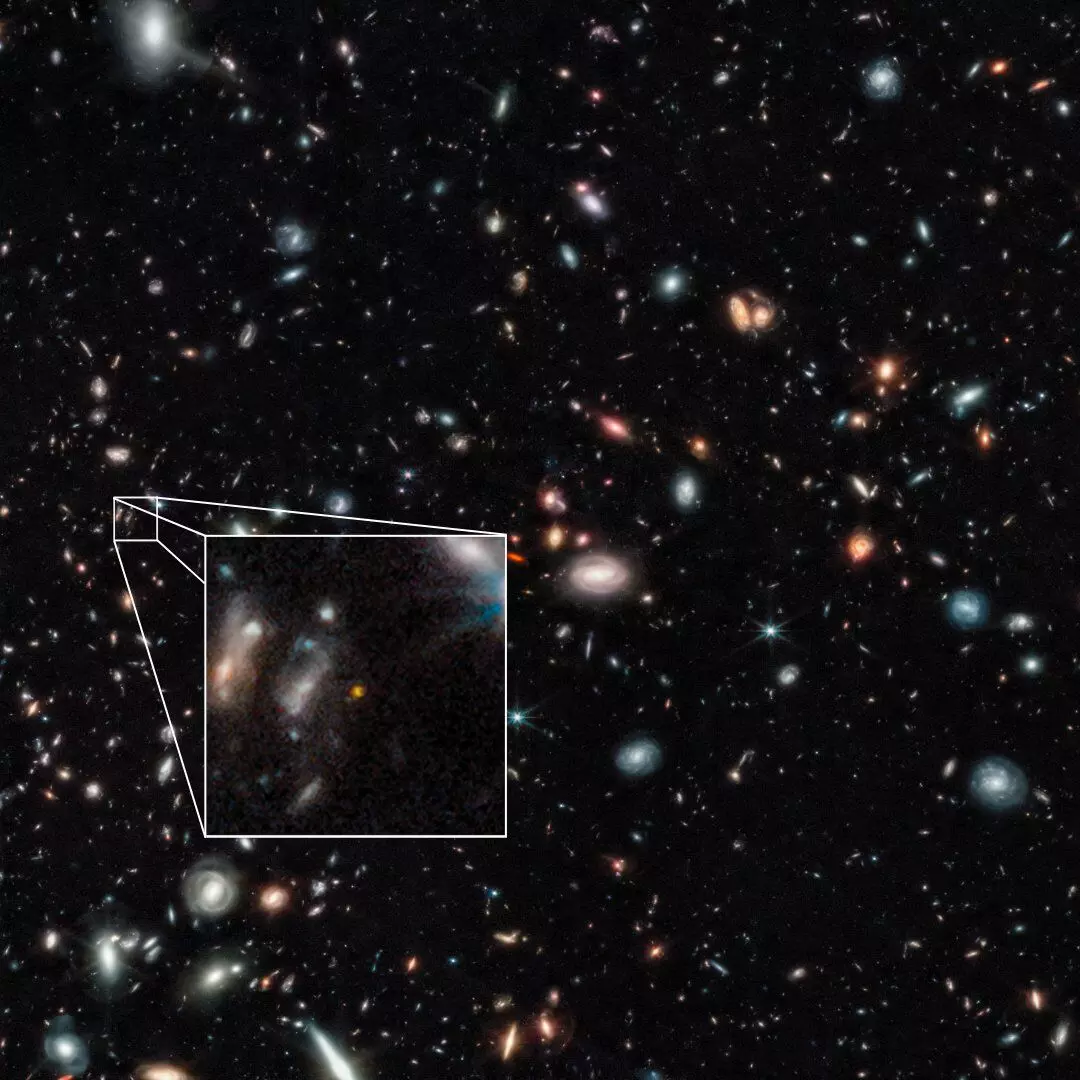
James Webb telescope captures images of the earliest galaxies
text_fieldsNASA's James Webb Space Telescope is discovering never-seen-before parts of the universe and capturing them for humans to see. Scientists are elated to see that these earliest galaxies are bright, dazzling, and unusual. In four days, analysts have found two bright galaxies.
Garth Illingworth, one of the researchers working on the images, said no one expected that the dark ages would have ended so early. "The primal universe would have been just one hundredth its current age. It's a sliver of time in the 13.8-billion-year-old evolving cosmo. The extreme brightness could be either because galaxies are huge and have a lot of low-mass stars or they could be small and have very few bright stars," he added.
They also seem to be at odds with the existing knowledge about the origin of galaxies. Principal investigator of a Webb programme Tommaso Treu said: "Once again the universe has surprised us. These early galaxies are very unusual in many ways."
"This is a whole new chapter in astronomy. Webb researchers found two early galaxies, one of which may contain the most distant starlight ever seen. These two unexpectedly bright galaxies could fundamentally alter what we know about the very first stars," tweeted the space agency.
The US space agency has now released the image of a galaxy that was formed just 350 million years after the Big Bang. "These galaxies existed approximately 450 and 350 million years after the Big Bang (with a redshift of approximately 10.5 and 12.5, respectively), though future spectroscopic measurements with Webb will help confirm," said NASA.
"Want a closer look? These two galaxies are thought to have existed 350 and 450 million years after the big bang. Unlike our Milky Way, these first galaxies are small and compact, with spherical or disk shapes rather than grand spirals. This discovery suggests that stars might have started forming earlier than expected, perhaps as soon as 100 million years after the big bang. Follow-up observations with Webb's spectrographs will confirm the distances of these two galaxies and help us learn more," said NASA in another tweet.
One of the researchers Paola Santini said the observations are like an archaeological dig. "Suddenly you find a lost city or something you didn't know about. It's just staggering."























